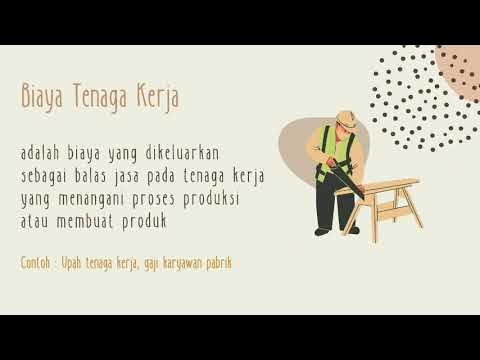O que são commodities em 3 minutos
Summary
TLDRIn this video, Rafael explains the concept of commodities, which are raw materials produced on a large scale and are essential for various industries. He covers different types of commodities including agricultural products (like wheat and coffee), environmental resources (like water and wood), energy resources (like oil and natural gas), and financial commodities (such as government bonds and currencies). The video highlights how commodity prices are determined by global supply and demand, emphasizing their significance in the global economy and daily life.
Takeaways
- 😀 Commodities are mass-produced products that serve as raw materials and have uniform quality across the world.
- 😀 Examples of commodities include agricultural products like wheat, corn, sugar, and oil, as well as minerals, metals, and energy resources.
- 😀 The price of commodities is determined by the laws of supply and demand in the international market.
- 😀 Despite many not knowing what commodities are, they are present in daily life more than one might think.
- 😀 The word 'commodity' originally referred to any type of goods, and its meaning evolved over time.
- 😀 There are different types of commodities, each with its own particularities, and they are important to understand.
- 😀 Agricultural commodities include products like corn, coffee, soybeans, and sugar, which are significant to the Brazilian economy.
- 😀 Environmental commodities are goods produced from natural resources, such as water, energy, and wood, that are essential for agriculture and industry.
- 😀 Energy and mineral commodities include resources like oil, ethanol, natural gas, and precious metals like gold.
- 😀 Financial commodities include government-issued bonds and various currencies like the Euro, US dollar, and Brazilian real.
- 😀 Investment commodities can also include government bonds, such as Brazil's treasury securities, and are part of financial markets.
Q & A
What are commodities?
-Commodities are products produced on a large scale that serve as raw materials. They have uniform quality characteristics and are essentially the same wherever they are found in the world. Examples include agricultural products like wheat, corn, sugar, and oil, as well as minerals like iron ore, oil, natural gas, gold, and silver.
How are the prices of commodities determined?
-The prices of commodities are determined by the laws of supply and demand in the international market.
Why might people not be familiar with the term 'commodities'?
-Many people may not be familiar with the meaning of the word 'commodities,' but they are more present in our daily lives than one might imagine. The term is frequently mentioned in the news, but not everyone knows its exact definition.
What is the origin of the term 'commodity'?
-The word 'commodity' originates from the English word for 'merchandise.' Over time, its meaning has evolved to specifically refer to raw materials or resources that are traded on a large scale.
What are the main types of commodities?
-There are several categories of commodities, each with distinct characteristics. These include agricultural commodities, environmental commodities, energy minerals, metals, and financial commodities.
What are examples of agricultural commodities?
-Agricultural commodities include products related to agriculture, such as corn, coffee, soybeans, sugar, and cotton. These are important for the economy, especially in countries like Brazil.
What are environmental commodities?
-Environmental commodities are related to goods produced from natural resources that are essential for agriculture and industrial production. Examples include water, energy, and wood.
What are energy and mineral commodities?
-Energy and mineral commodities are those associated with energy resources and minerals, such as petroleum, ethanol, natural gas, gold, and other metals.
What are financial commodities?
-Financial commodities refer to investment products that are considered commodities. This includes government-issued bonds, currencies like the Euro and the U.S. dollar, and public securities such as the Treasury Direct bonds in Brazil.
Why is it important to understand different types of commodities?
-Understanding the different types of commodities is important because each category has its own set of characteristics, uses, and significance to various industries and economies. For example, agricultural commodities are crucial for food production, while energy commodities are key to powering industries and homes.
Outlines

This section is available to paid users only. Please upgrade to access this part.
Upgrade NowMindmap

This section is available to paid users only. Please upgrade to access this part.
Upgrade NowKeywords

This section is available to paid users only. Please upgrade to access this part.
Upgrade NowHighlights

This section is available to paid users only. Please upgrade to access this part.
Upgrade NowTranscripts

This section is available to paid users only. Please upgrade to access this part.
Upgrade NowBrowse More Related Video

"5 Essential Construction Equipment for Site Preparation and Material Handling"

Cement Raw Materials Grinding Process (Raw Mill System) _ English Version

Cement Manufacturing Process with the Portland Cement Association

Types of Industries

Menghitung Harga Pokok Produksi - Part 1

Petrochemistry: How plastic is made from crude oil
5.0 / 5 (0 votes)